|
 |
| Historical Background |
| |
Bee biology research is a part of the entomological
research laboratories in the Department of Biology,
the Faculty of Science, Chulalongkorn University. In
Thailand this branch of Zoology-Entomology came into
being at the beginning of the teachers of Entomology
at Department of Biology, Chulalongkorn University (1953).
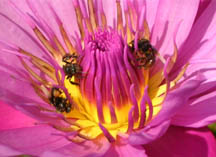
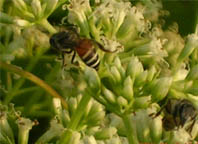
European bees were introduced in the early 1940ís
for research at Chulalongkorn University, but did not
survive (Wanitwattana 1944). The first report of the
introduction of Apis mellifera ligustica was that of
Saman Wanakit (1953) at Kasetsart University, but they
did not succed as an industry until early 1980ís
Bee biology research at Chulalongkorn University was
started again in 1980. The first report of studies on
honey bees and beekeeping in a rubber plantation located
in Chantaburi Province (South Eastern Thailand) was
published in 1983. A Bee Biology Research Unit was officially
established in 1984 by Chulalongkorn University with
the aim to assist the students, staff and research scientist
to identify biological problems of the honey bees, the
solutions of which will enhance economic development
of the honey bee industry of publications and training
programs and other activities within and outside Thailand.
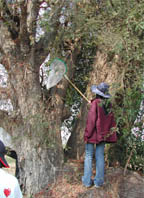
After being the center of research in entomology and
honeybee science and technology about two decades, BBRU
was promoted by Chulalongkorn University to be the center
of Excellence in Entomology: Bee biology, Biodiversity
of Insects and Mites.
|
| Objectives |
†To be the leading source of knowledge in Entomology,
to provide extension services to public, and to develop
researches and graduates in Entomology
|
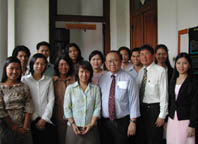
|
| Project Organization |
The research project is presently organized into one common
core coordinated by the center of excellence: Bee Biology,
Biodiversity of Insects and Mites. Department of Biology,
Faculty of Science, Chulalongkorn University.
Graduate students majoring in Entomology in the Department
of Biology, Chulalongkorn University, other Thai institutions,
and exchange students from universities outside of Thailand
are welcome to work in the Center of Excellence: Bee Biology,
Biodiversity of Insects and Mites. |
| |
Center
of Excellence
Bee Biology, Biodiversity of Insects and Mites
|
|
| |
|
Entomology
and
Acarology Research Laboratory |
|
|
- Develop a list
of beeplants that depend, either in whole or in
part, on being pollinated, to make propolis, and
sticky bands in Thailand and Biodiversity of Asian
honeybees and stingless bees.
- Describe the natural history
of A. florea, A. andreniformis and Trigona spp.
in Thailand.
- Determine of genetic variation
on the defense mechanism base of A. florea, A.
andreniformis and Trigona spp. stinging behavioral
essay and determine if there is genetic differentiation
and evolution among bee plants.
- Based on other finding, develop
and test methods of providing bioactive compound
(sticky band and propolis) by bio-asseys and analysis
the bioactive compound.
|
- Diversity of
aquatic and semi-aquatic bugs (suborder Heteroptera)
at Thong Pha Phum Forest Area.
- Paratic and phoretic
mites.
- Urban
insect pest management.
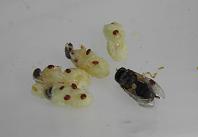
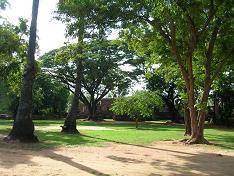
|
|
|
|
|


